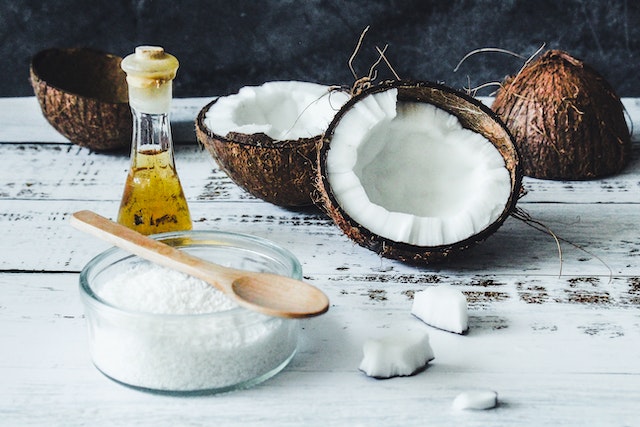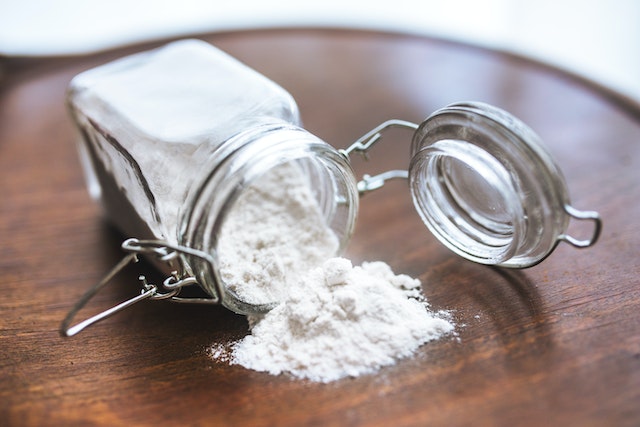What is razor burn?
Razor burn is a skin irritation you can develop after shaving.
Anyone who removes undesirable body hair with a razor may experience razor burn.
Razor burns can occur on the face, neck, legs, armpits, or pubic area.
Skin irritation typically starts moments after shaving and lasts for a few hours to a few days.
Home remedies and natural treatment for razor burn:
Aloe vera:
Is one of the natural home remedies for razor burns.
It has been used for ages for skin burns including razor burns.
Use the genuine plant, if you can, squeeze some clear gel off a leaf and apply it to the afflicted areas before allowing it to absorb.
For calming relaxation and general hydration, you can even keep it on overnight.
Aloe vera moisturizes, calms, and heals your skin at the same time.
Apple cider vinegar:
Can we consider apple cider vinegar an effective home remedy for razor burn?
Yes, it is an effective anti-inflammatory that will reduce itchiness and redness.
Apply it immediately to the inflamed regions using cotton balls.
Black tea bags:
It possesses the anti-inflammatory properties of tannic acid.
How can we use black tea bags as one of the home remedies for razor burn?
The bags should be soaked in hot water, squeezed out, and then cooled for approximately 10 minutes.
Apply them to your irritated skin for 10 to 15 minutes.
Additionally, the cooling action will lessen irritation and redness.

Coconut oil:
It is one of the most effective home remedies for razor burn.
It will both hydrate razor-related dry skin and alleviate razor burn.
If the oil is solid, melt it and allow it to cool fully.
Next, apply a tiny coating to the skin that is damaged.
After 20 minutes, rinse or, for best results, leave on as a moisturizing mask overnight.
La Vie en C facial cleanser and serum:
It includes antioxidants and vitamin c in relatively high concentrations.
We may wonder how these products can act as one of the home remedies for razor burn.
These products will relieve razor burns, aid in skin healing, and provide deep hydration.
These organic mixtures never cause skin irritation or burning.
Oatmeal bath:
Is frequently used to treat several skin diseases, especially inflammatory ones.
Research suggests that it has anti-inflammatory and antioxidant effects.
Which may account for why it works so well as one of the home remedies for razor burn.
To help with symptom relief, you can add conventional or colloidal oatmeal, or a bath product with oatmeal as an ingredient, to a tub of warm water.
This is particularly beneficial for razor burn on the legs or pubic region.

Baking soda:
Sodium bicarbonate, sometimes known as baking soda, is a natural salt that is mostly used in baking.
However, it is one of the natural home remedies for razor burn and several other conditions.
Apply a cotton pad-dipped mixture of a cup of water and a tablespoon of baking soda to the skin.
Rinse it off once the mixture has dried, and repeat up to twice per day till the symptoms go away.
Sweet almond oil:
It is one of the well-known home remedies for razor burns.
Sweet almond oil is produced using dried almond kernels.
It's quite emollient and acts as a natural moisturizer.
After shaving, try massaging your skin with sweet almond oil.
Whenever necessary, you can also directly apply it to inflamed skin.
Avoid using sweet almond oil if you have an almond allergy.
Witch hazel:
Due to its tannin concentration, witch hazel has astringent and anti-inflammatory properties and is considered one of the home remedies for razor burn.
It is used as an organic treatment for relieving pain, healing mild skin irritation, and soothing burns.
Use a cotton pad to apply to razor burn as necessary.
Over-the-counter lotions:
There are many over-the-counter remedies for razor burns.
While baby products like baby oil or diaper rash lotions are soft and soothing for inflamed skin, aftershave lotion for both men and women may offer advantages.
Hydrocortisone-containing products help lessen inflammation and redness.
A medication commonly used to treat acne called salicylic acid might also help people with razor burn.
Causes of razor burns:
Razor burn results from the interaction of your skin, hair, and razor blade.
A blade moving across your skin can cause minute fissures in the epidermis, as well as a loss of moisture and inflammation.
Razor burn may result from more common causes, such as:
Dry shaving (shaving without the use of water, soap, shaving cream, or shaving gel).
Shaving too quickly.
Using an old, dull razor blade to shave.
Shaving against the direction of hair growth.
Sensitive skin, or utilising skin-irritating cosmetics.
Symptoms of razor burns:
Itching.
Tenderness.
Burning sensation.
Discomfort and swelling.
Prevention of razor burns:
Start by making the following adjustments to your shaving routine:
Give yourself plenty of time to avoid being rushed.
Before shaving, lubricate up with shaving cream.
To soften hair, shave in a warm shower or bath.
Exfoliate before shaving.
Use only brief, gentle strokes.
Shave in the same direction that hair develops.
Avoid returning to the same spot more than once.
Between strokes, regularly rinse the blade.
After shaving, completely rinse the area.
Don't shave daily.
Use only fresh razors, every five to seven shavings, change to a fresh blade.
Maintain a clean razor, clean it off, and then keep it somewhere dry.
Between shavings, and keep your skin moisturized.
Summary
Razor burn is a skin irritation that may develop after shaving, especially dry shaving.
Many home remedies can be used to cure razor burns such as coconut oil, aloe vera, sweet almond oil, baking soda, etc……


You must be logged in to post a comment.